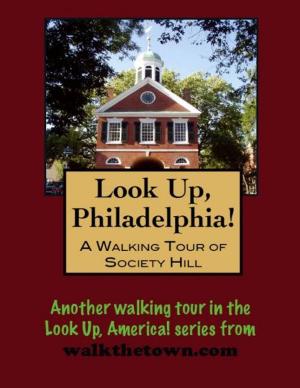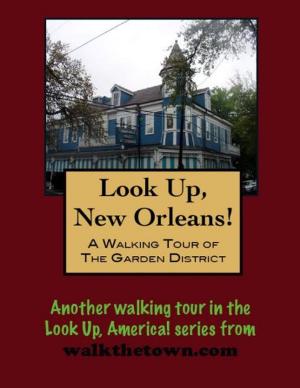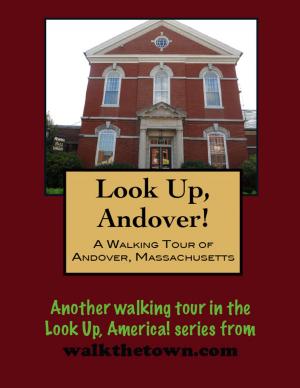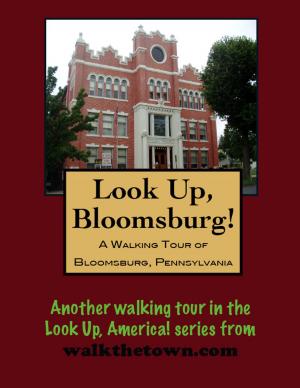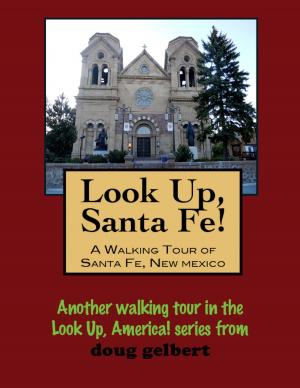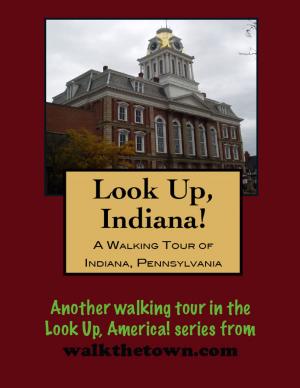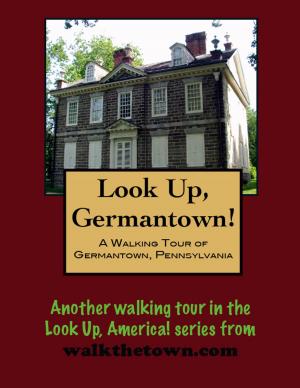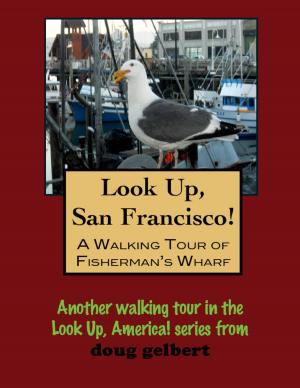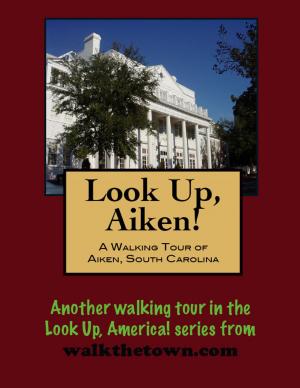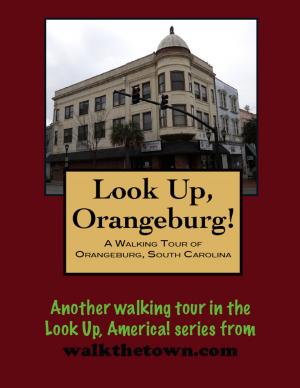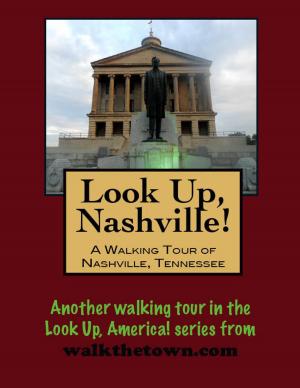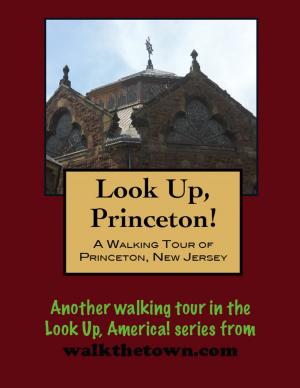| Author: | Doug Gelbert | ISBN: | 9781458178916 |
| Publisher: | Doug Gelbert | Publication: | March 2, 2011 |
| Imprint: | Smashwords Edition | Language: | English |
| Author: | Doug Gelbert |
| ISBN: | 9781458178916 |
| Publisher: | Doug Gelbert |
| Publication: | March 2, 2011 |
| Imprint: | Smashwords Edition |
| Language: | English |
There is no better way to see America than on foot. And there is no better way to appreciate what you are looking at than with a walking tour. This walking tour of New Britain, Connectiuct is ready to explore when you are. Each walking tour describes historical, architectural landmarks, cultural sites and ecclesiastic touchstones and provides step-by-step directions.
Every tour also includes a quick primer on identifying architectural styles seen on American streets.
New Britain’s reputation as the “Hardware City” began about 1800 when James North and Joseph Shipman started the manufacture of sleigh bells. Thwarted by the town’s location with no navigable rivers and inadequate water power would-be manufacturers had to content themselves with small operations for the peddler trade producing tools and locks and other light metal articles. In 1831, 28-year old Frederick Trent Stanley teamed with his bother William to produce some of the earliest house trimmings and locks in America. This business sputtered along for a time until the Panic of 1837 crippled it fatally.
Frederick Stanley next surfaced in New Britain in 1843 in a nondescript one-story wooden structure that had once stood as an armory during the War of 1812. here Stanley would lay the foundations for the most famous toolworks in America.
The Stanley Bolt Manufactory was one of hundreds of little manufactories struggling to make a go of it, the majority of which were one-man shops. The only thing setting Stanley apart was a single-cylinder, high pressure steam engine shipped up from New York and carted by ox to the little wooden shop. Stanley’s was the only automated shop in the region. Stanley peddled his bolts by horseback and wagon across the back country. His tiny business must have impressed his neighbors because in 1852 five friends pooled the staggering sum of $30,000 to form the Stanley Works that has helped shape the town to this day, not in the least by attracting waves of European immigrant workers to New Britain.
By 1900 the population of the town, incorporated only 50 years earlier, was cresting at 30,000 with half being foreign or of foreign parentage. Our walking tour of the Hardware City will examine buildings from this period almost exclusively, several preserved after glorious restorations...
There is no better way to see America than on foot. And there is no better way to appreciate what you are looking at than with a walking tour. This walking tour of New Britain, Connectiuct is ready to explore when you are. Each walking tour describes historical, architectural landmarks, cultural sites and ecclesiastic touchstones and provides step-by-step directions.
Every tour also includes a quick primer on identifying architectural styles seen on American streets.
New Britain’s reputation as the “Hardware City” began about 1800 when James North and Joseph Shipman started the manufacture of sleigh bells. Thwarted by the town’s location with no navigable rivers and inadequate water power would-be manufacturers had to content themselves with small operations for the peddler trade producing tools and locks and other light metal articles. In 1831, 28-year old Frederick Trent Stanley teamed with his bother William to produce some of the earliest house trimmings and locks in America. This business sputtered along for a time until the Panic of 1837 crippled it fatally.
Frederick Stanley next surfaced in New Britain in 1843 in a nondescript one-story wooden structure that had once stood as an armory during the War of 1812. here Stanley would lay the foundations for the most famous toolworks in America.
The Stanley Bolt Manufactory was one of hundreds of little manufactories struggling to make a go of it, the majority of which were one-man shops. The only thing setting Stanley apart was a single-cylinder, high pressure steam engine shipped up from New York and carted by ox to the little wooden shop. Stanley’s was the only automated shop in the region. Stanley peddled his bolts by horseback and wagon across the back country. His tiny business must have impressed his neighbors because in 1852 five friends pooled the staggering sum of $30,000 to form the Stanley Works that has helped shape the town to this day, not in the least by attracting waves of European immigrant workers to New Britain.
By 1900 the population of the town, incorporated only 50 years earlier, was cresting at 30,000 with half being foreign or of foreign parentage. Our walking tour of the Hardware City will examine buildings from this period almost exclusively, several preserved after glorious restorations...


